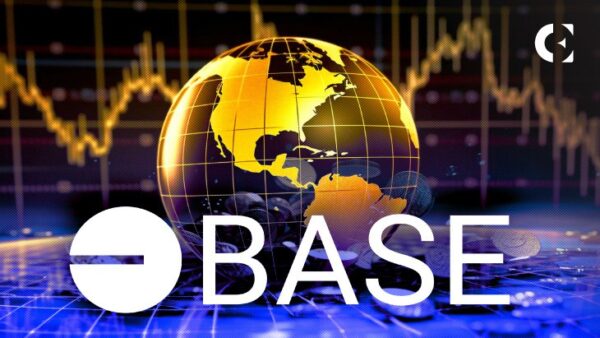- Base ensures non-custodial withdrawals via Ethereum L1, even if sequencers shut down.
- Sequencers process transactions but do not match trades; execution occurs in smart contracts.
- Base has reached stage 1 decentralization and is advancing toward stage 2 block building.
Ethereum co-founder Vitalik Buterin addressed concerns around Layer 2 security and sequencer roles, responding to claims that networks like Base operate like centralized exchanges.
In a detailed post, Buterin emphasized that user assets remain non-custodial, secured directly by Ethereum Layer 1 contracts. Even if a Layer 2 operator shuts down, he said, users retain the ability to withdraw funds to Ethereum.
He pointed to L2beat’s classification of Base as a “stage 1” L2, where withdrawal guarantees are hard-coded into Ethereum smart contracts. Buterin added that past episodes of censorship attempts on Layer 2s had failed because Ethereum’s underlying validators enforced open access. His argument: Layer 2s are extensions of Ethereum’s security, not centralized servers.
Sequencer Debate: Not an Exchange
The debate intensified after Paul Grewal, Coinbase’s Chief Legal Officer, pushed back on claims that sequencers resemble unlicensed exchanges. He explained that under SEC definitions, exchanges match buy and sell orders, whereas sequencers only process transaction batches and forward them to Ethereum for settlement.
Grewal compared sequencers to cloud infrastructure services like Amazon Web Services. They run the code submitted to them but do not execute trading logic. That execution, he stressed, happens entirely at the application level through smart contracts.
Technical Process on Base
Sequencer Mechanics on Base
Jesse Pollak of Base detailed how its sequencer works: transactions enter a first-in, first-out queue, state changes are computed, and the results are batched and submitted to Ethereum.
Importantly, Pollak noted, transaction inclusion is not restricted to the sequencer. Users can also submit transactions directly to Ethereum, which ensures censorship resistance via Ethereum’s validator set.
Pollak added that Base’s sequencer does not perform order-matching functions. Instead, decentralized applications such as exchanges run their own trade logic on smart contracts. The sequencer’s role is limited to ensuring a consistent order of execution.
From Stage 1 to Stage 2
Pollak also confirmed that Base is already “stage 1” decentralized, with permissionless block proposals in place.
The team’s roadmap now aims for “stage 2”, which would further distribute block building and move closer to fully permissionless operation.
Disclaimer: The information presented in this article is for informational and educational purposes only. The article does not constitute financial advice or advice of any kind. Coin Edition is not responsible for any losses incurred as a result of the utilization of content, products, or services mentioned. Readers are advised to exercise caution before taking any action related to the company.







